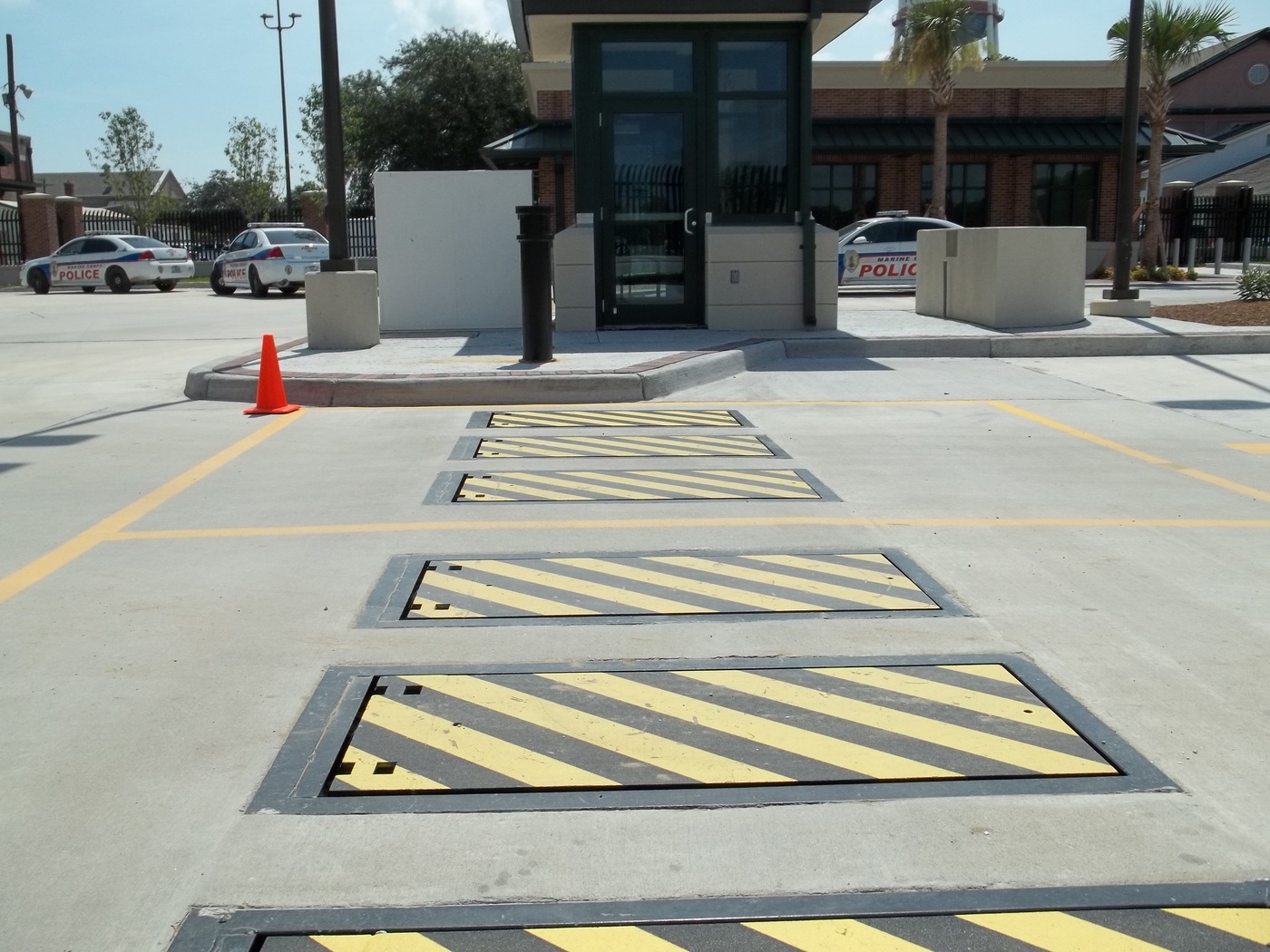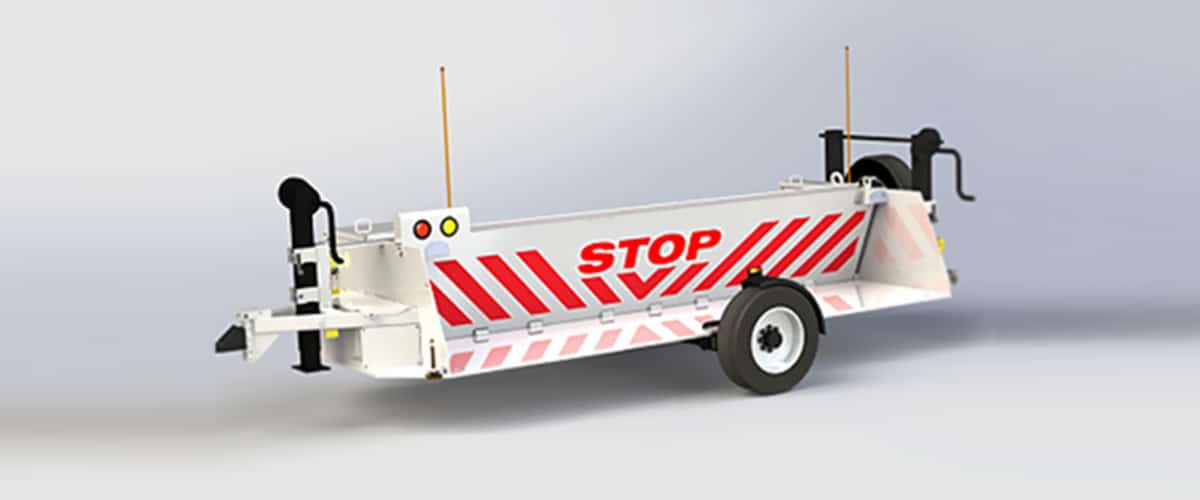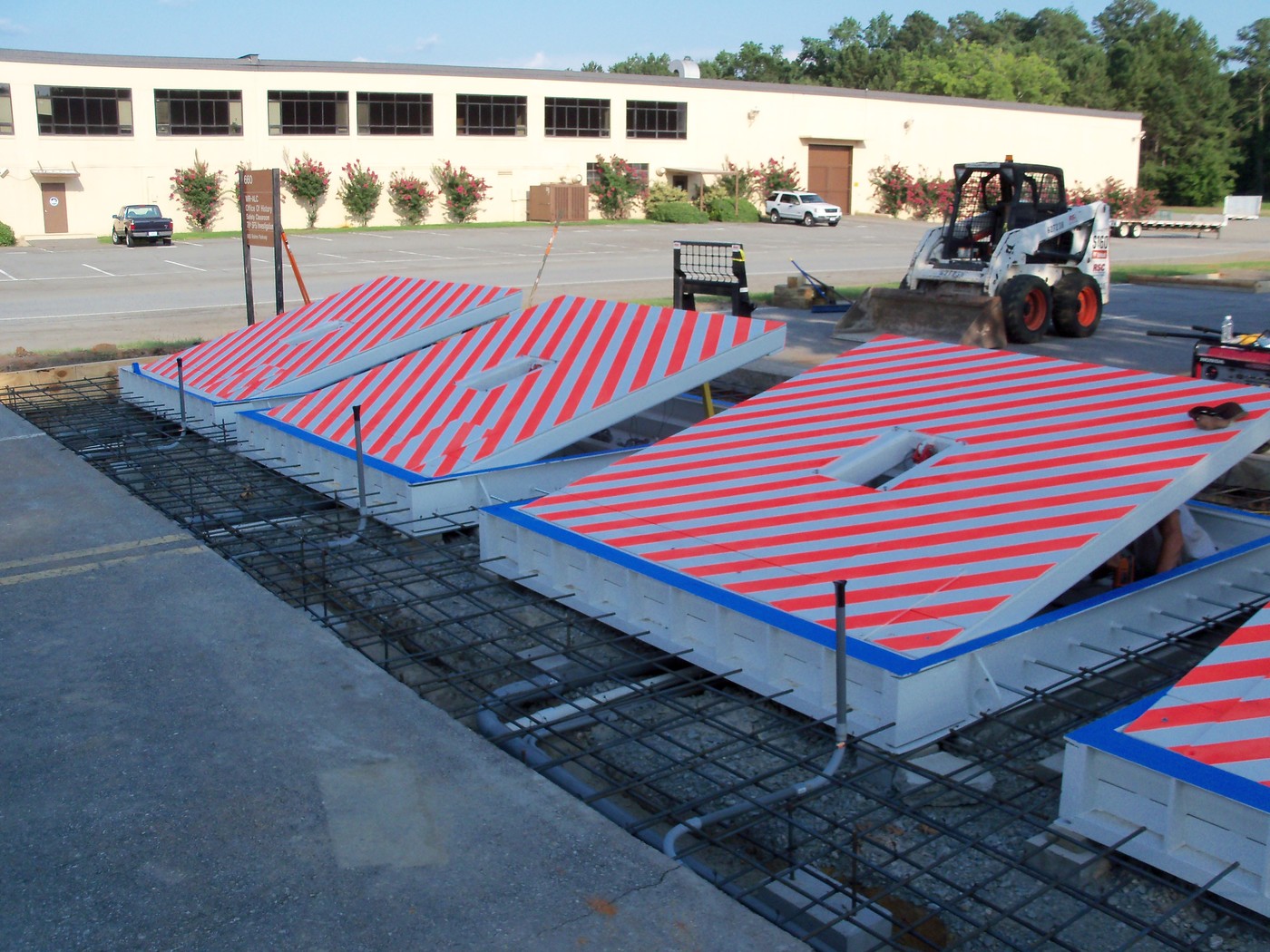All About Wedge Barriers
Some Ideas on Wedge Barriers You Need To Know
Table of ContentsAbout Wedge BarriersThe Greatest Guide To Wedge Barriers


18 may be done faster, conveniently, and expense efficiently. FIG. In specific personifications, the support 30 may be a steel frame including plates, beam of lights(e. g., I-beams ), and/or various other structures that are safeguarded within the structure 14, which might be concrete. At the surface area 12, an upper side 28 of the anchor 30 might be at least partially exposed
, thus making it possible for the accessory of the barrier 10 to the anchor 30. g., threaded holes)in one or more beams or plates of the anchor 30 might be exposed to the surface 12. In this way, screws 32 or other mechanical bolts might be utilized to protect the obstacle 10 to the anchor 30. As the barrier 10 is mounted to the surface area 12 of the foundation 14, collection of debris and other material beneath the obstacle might be minimized, and components of the bather 10 may not be exposed to below grade environments. As indicated by reference character 52, the training device 50 includes elements disposed beneath the wedge plate 16. For instance, the parts 52 below the wedge plate 16 might consist of an electromechanical actuator, a cam, several webcam surfaces, and so forth. Furthermore, the lifting device 50 consists of a springtime assembly 54
The springtime rod 58 is coupled to a web cam(e. g., web cam 80 displayed in FIG. 4) of the lifting device 50. The springtimes 60 disposed concerning the springtime pole 58 are kept in compression by spring sustains 62, including a taken care of springtime assistance 64. That is, the set spring support 64 is repaired family member to the foundation 14 et cetera of the bather 10.
Not known Facts About Wedge Barriers
The remaining force applied to
the cam to deploy the wedge plate 16 may might provided given an electromechanical actuator 84 or other actuator. The spring setting up 54 and the actuator 84(e. Wedge Barriers. g., electromechanical actuator)may run together to convert the webcam and lift the wedge plate 16.
As stated over, the spring assembly 54 applies a continuous force on the cam, while the electromechanical actuator might be managed to exert a variable force on the camera, thus making it possible for the training and lowering( i. e., releasing and pulling back )of the wedge plate 16. In certain personifications, the consistent force used by the springtime setting up 54 might be flexible. g., electromechanical actuator) is handicapped. As will be valued, the springtime assembly 54 may be covered and safeguarded from particles or other components by a cover plate(e. g., cover plate 68 received FIG. 4) that may be substantially flush with the raised surface 38 of the structure 14. As pointed out above, in the deployed position, the wedge plate 16 offers to obstruct gain access to or travel past the obstacle important site 10. As an example, the obstacle 10(e. g., the wedge plate 16 )might obstruct pedestrians or cars from accessing a home or path. As talked about over, the barrier 10 is affixed to the anchor 30 safeguarded within the foundation 14,

front braces 71. Consequently, the affiliation settings up 72 may pivot and rotate to enable the collapse and expansion of the link settings up 72 during retraction and release of the bather 10. The link settings up 72 reason movement of the wedge plate 16 to be restricted. If a vehicle is taking a trip towards the released wedge plate 16(e. For example, in one circumstance, the safety legs 86 might be prolonged duringmaintenance of the barrier 10. When the safety and security legs 86 are deployed, the safety and security legs 86 sustain the weight of the wedge plate 16 versus the surface 12. Therefore, the training mechanism 50 might be shut off, serviced, gotten rid of, changed, and so forth. FIG. 5 is partial viewpoint view of a personification of the surface-mounted wedge-style barrier 10, illustrating the camera 80 and the camera surfaces 82 of the lifting device 50. Particularly, 2 camera surfaces 82, which are referred to as lower webcam surfaces 83, are positioned below the cam 80. The lower camera surfaces 83 might be repaired to the surface area 12 (e. As an example, the reduced cam surfaces 83 and the mounting plate 85 may develop a solitary piece that is secured to the support 30 by screws or other mechanical fasteners. In addition, two webcam surfaces look at here now 82, which are referred to as upper cam surface areas 87, are placed above the webcam 80 and combined to (e. In various other embodiments, stepping in layers or plates may be placed between the surface 12 and the lower web cam surfaces 83 and/or the wedge plate 16 and the top cam surface areas 87 As pointed out above, the cam
80 converts along the web cam surfaces 82 when the wedge plate 16 is lifted from More hints the retracted setting to the deployed setting. In addition, as discussed above, the springtime setting up 54 (see FIG. 3 )might give a force acting on the webcam 80 in the instructions 102 through spring rod 58, which may reduce the pressure the electromechanical actuator 84 is required to use to the webcam 80 in order to activate and raise the wedge plate 16. 1 )to the released placement(see FIG. 4). As shown, the webcam 80 consists of track wheels 104(e. g., rollers), which get in touch with and equate along the camera surface areas 82 throughout procedure.